The Papal Conclave: A Detailed Explanation Of How The Pope Is Chosen
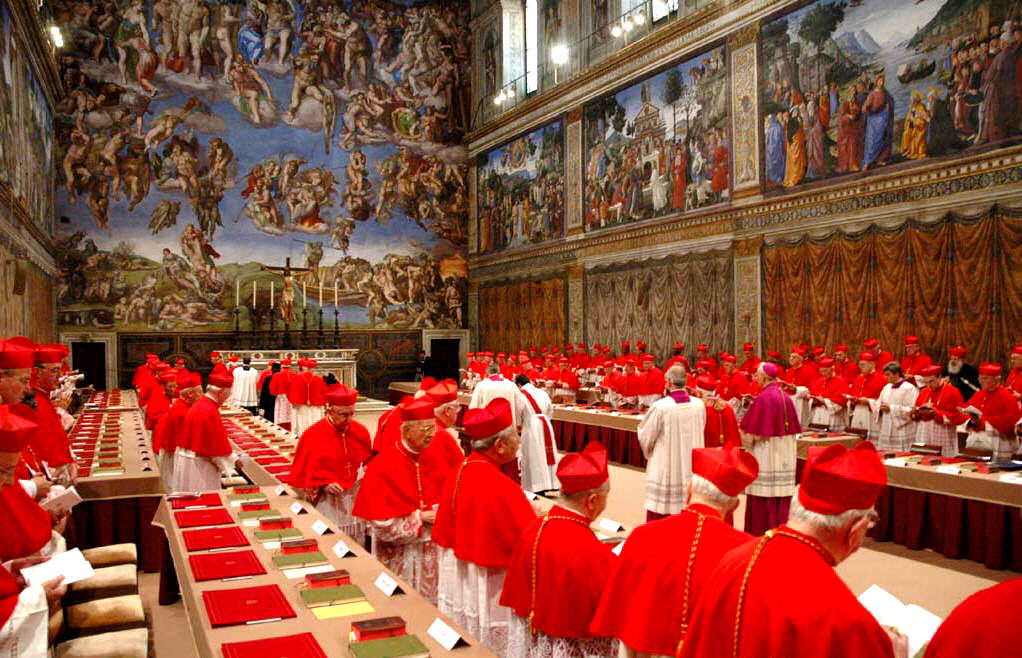
Table of Contents
The Process Leading to a Papal Conclave
The Papal Conclave is triggered by a vacancy in the Papacy, typically resulting from the death or resignation of the reigning Pope. This event initiates a period known as sede vacante – the vacancy of the See of Rome. During this time, the governance of the Church is temporarily entrusted to the College of Cardinals, who assume responsibility for the smooth transition.
The process unfolds in several key stages:
- Pope's death or resignation: The death of the Pope is formally declared, or his resignation is officially communicated to the College of Cardinals.
- Confirmation of the vacancy: The death or resignation is formally confirmed, marking the beginning of the sede vacante period.
- Appointment of the papal administrator: A Cardinal is appointed to administer the Church’s affairs until a new Pope is elected. This role focuses on maintaining the day-to-day operations of the Vatican.
- Preparation of the conclave: The meticulous preparations for the Papal Conclave begin, including the summoning of the cardinal electors, the securing of the conclave location, and the establishment of the strict rules and regulations governing the process.
The Participants: The College of Cardinals
The heart of the Papal Conclave lies in the College of Cardinals, specifically the cardinal electors. These cardinals are chosen by the Pope and hold the crucial role of electing his successor. Their number is capped, and they must meet specific criteria:
- Cardinal electors' age limit: They must be under 80 years of age at the time of the conclave.
- Cardinal electors' geographical distribution: The College aims for a geographically diverse representation of the global Catholic Church.
- Role of non-elector cardinals: Cardinals over 80 years old are also present in Rome during the conclave but do not participate in the voting.
- Seclusion and oath of secrecy: All participants take a solemn oath of secrecy, committing to maintaining confidentiality regarding the conclave proceedings. This oath reinforces the intense privacy surrounding the election.
The Conclave Location and Procedures
Traditionally, the Papal Conclave takes place in the Sistine Chapel, within the Vatican Palace. This location is chosen for its historical significance and secure environment. The conclave is characterized by strict regulations, designed to ensure a fair and unbiased election:
- Seclusion and security measures: The cardinal electors are secluded within the confines of the Vatican, with limited contact with the outside world. Strict security measures are implemented to prevent outside interference.
- Daily schedule and routine: A daily schedule is established, balancing prayer, deliberation, and the voting process itself.
- The voting process: scrutinies and ballots: The voting process consists of multiple scrutinies (ballots). Secret ballots are cast, and the votes are counted by specially appointed officials.
- Requirement for a two-thirds majority: A candidate must receive a two-thirds majority of the votes cast to be elected Pope. If this threshold isn't reached, the voting continues until a winner is determined.
Election and Proclamation of the New Pope
Once a candidate secures the required two-thirds majority, the election is confirmed. The new Pope then selects his papal name, a symbolic act signifying a new era in the Church’s leadership.
- Confirmation of the election: The result is officially confirmed by the College of Cardinals.
- The Papal Name selection: The new Pope announces his chosen name, often reflecting a spiritual figure he admires or a significant aspect of his vision for his papacy.
- First public appearance of the new Pope: The newly elected Pope appears on the balcony overlooking St. Peter's Square, delivering his first address to the world as the new Supreme Pontiff (Habemus Papam).
- Post-conclave procedures: Various post-conclave procedures are initiated, including the planning and execution of the papal inauguration or coronation (depending on tradition).
Understanding the Historical Context and Evolution of the Papal Conclave
The Papal Conclave's procedures haven't always been as standardized as today. Its evolution reflects changes in Church governance and societal influences:
- Early conclave practices: Early conclaves were less structured, with various methods and influences at play.
- Key reforms through the centuries: Over time, reforms were introduced to ensure fairness, transparency, and prevent external interference.
- Influence of modern media and transparency: Modern media coverage and the increased demand for transparency have influenced aspects of the conclave's visibility, although secrecy remains a central element.
Conclusion: Understanding the Papal Conclave and its Importance
The Papal Conclave is a complex and fascinating process, a unique blend of tradition and meticulous procedure. From the triggering event – the death or resignation of the Pope – to the election and proclamation of the new Supreme Pontiff, each step is deeply rooted in history and ecclesiastical law. The secrecy and stringent regulations surrounding the Papal Conclave safeguard the integrity of the election, ensuring the selection of a leader who can guide the Catholic Church with wisdom and faith. To further your understanding of how the Pope is chosen, explore the rich history of the Papal Conclave. Learn more about the fascinating history and procedures of the Papal Conclave by exploring our other resources.

Featured Posts
-
 The Cavaliers Charles Barkleys Unexpected Assessment
May 07, 2025
The Cavaliers Charles Barkleys Unexpected Assessment
May 07, 2025 -
 Major Xrp Whale Accumulates 20 Million Tokens Market Analysis
May 07, 2025
Major Xrp Whale Accumulates 20 Million Tokens Market Analysis
May 07, 2025 -
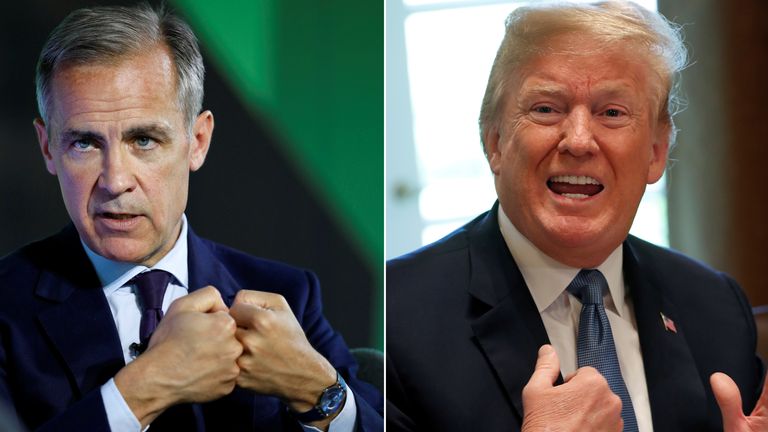 Carney Trump Meeting Key Expectations And Potential Outcomes
May 07, 2025
Carney Trump Meeting Key Expectations And Potential Outcomes
May 07, 2025 -
 Super Okazja Fakt W Ofercie Onet Premium W Promocyjnej Cenie
May 07, 2025
Super Okazja Fakt W Ofercie Onet Premium W Promocyjnej Cenie
May 07, 2025 -
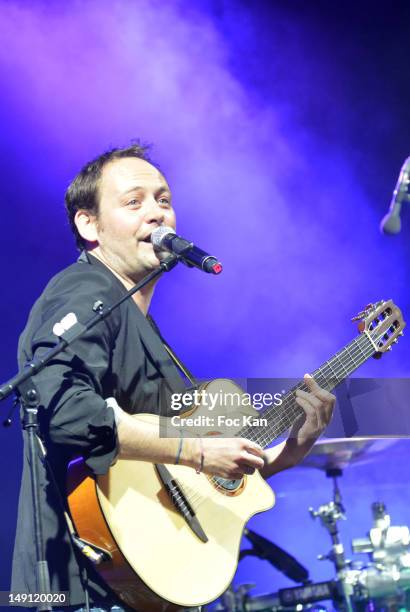 Saison Culturelle One Le Chateau Christophe Mali En Concert
May 07, 2025
Saison Culturelle One Le Chateau Christophe Mali En Concert
May 07, 2025
Latest Posts
-
 The Long Walk Movie Trailer A Harrowing Journey Into Stephen Kings World
May 08, 2025
The Long Walk Movie Trailer A Harrowing Journey Into Stephen Kings World
May 08, 2025 -
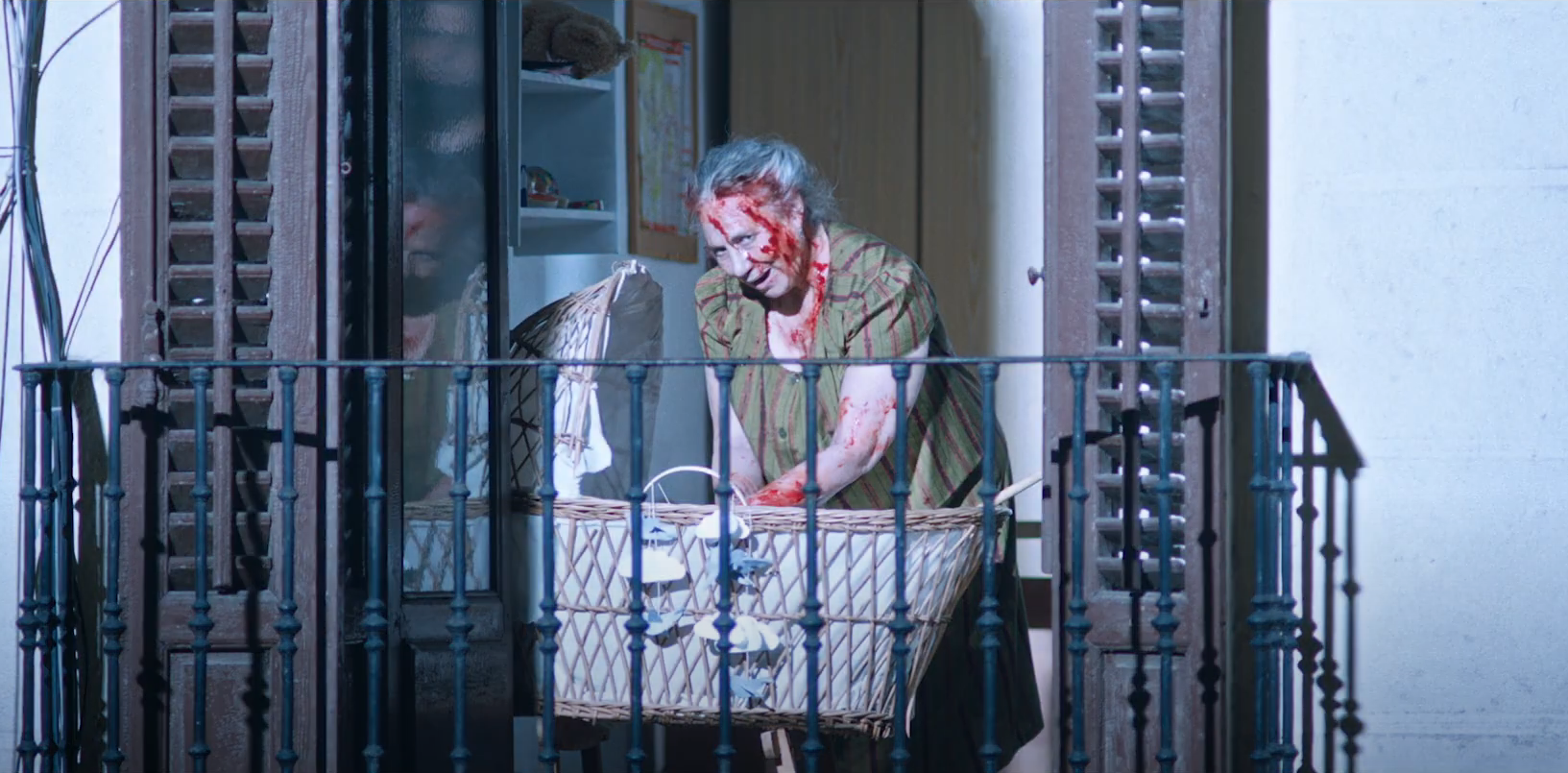 First Look The Long Walk Trailer Unveils A Gripping Horror Story
May 08, 2025
First Look The Long Walk Trailer Unveils A Gripping Horror Story
May 08, 2025 -
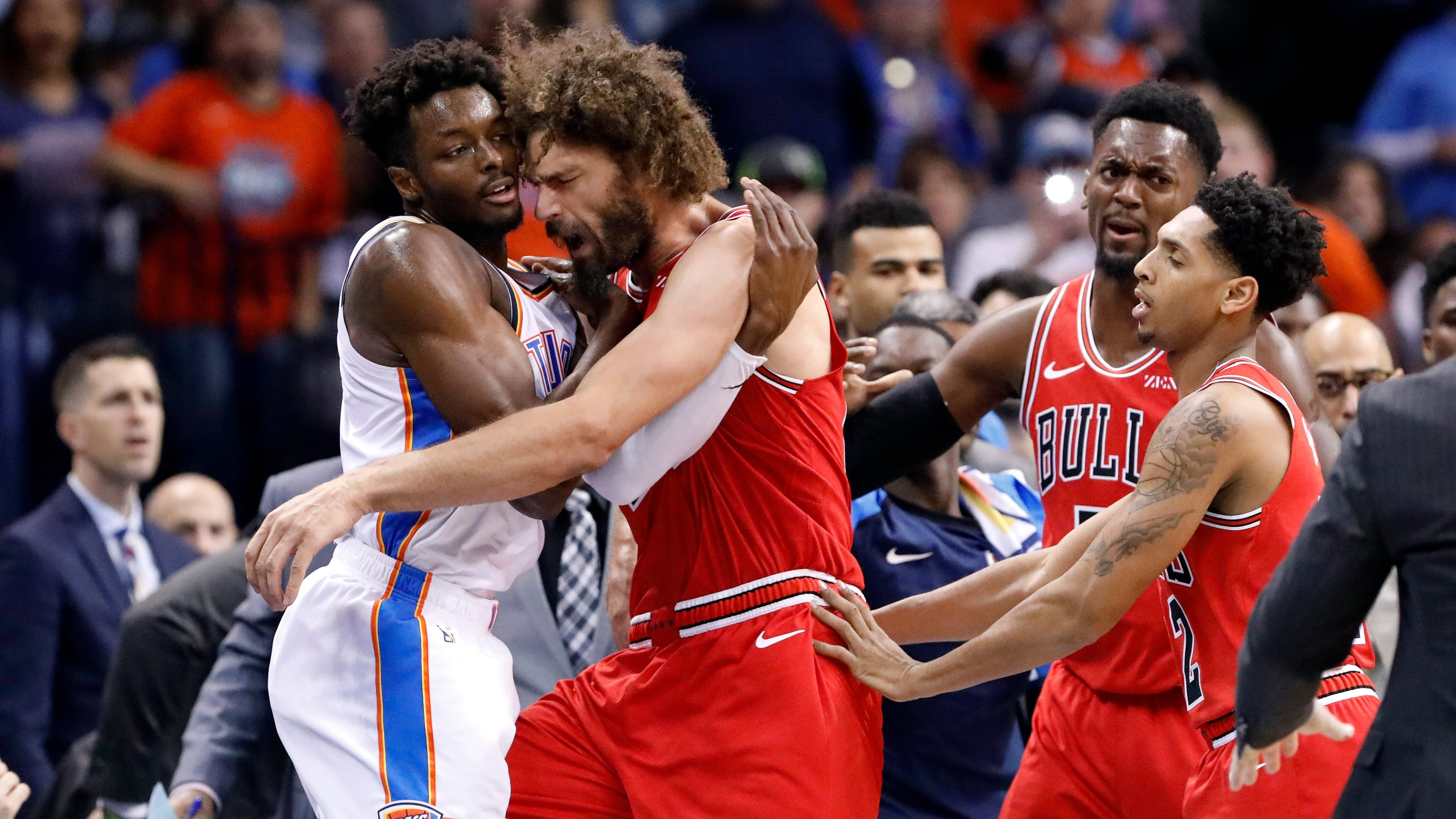 The Untold Story Of The Oklahoma City Thunder And Chicago Bulls Offseason Deal
May 08, 2025
The Untold Story Of The Oklahoma City Thunder And Chicago Bulls Offseason Deal
May 08, 2025 -
 Re Examining The Thunder Bulls Offseason Trade A Deeper Dive
May 08, 2025
Re Examining The Thunder Bulls Offseason Trade A Deeper Dive
May 08, 2025 -
 Thunder Bulls Offseason Trade Separating Fact From Fiction
May 08, 2025
Thunder Bulls Offseason Trade Separating Fact From Fiction
May 08, 2025
